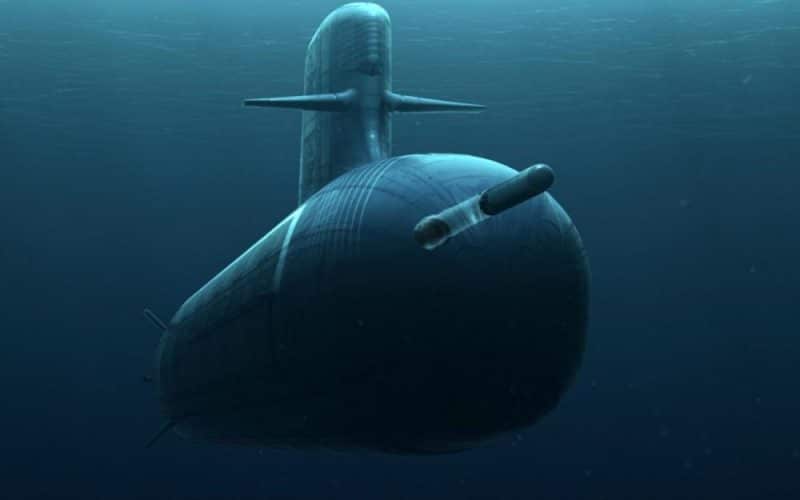After the withdrawal of Kockums and its A26 Oceanic submarine at the start of 2020, it is now the turn of the German TKMS and its Type 214 to throw in the towel in the Indian competition P75i which aims to build 6 oceanic submarines with anaerobic propulsion AIP in the country's shipyards, with an important dimension of technology transfer. He stays 4 manufacturers engaged in this competition : spanish Navantia with the S-80 Plus, the South Korean Huyndai with the DSME-3000 derived from Dosan Ahn Changho class, the Russian Rubin with the Amur class, and the SMX 3.0 from French Naval Group, derived from nuclear attack submarine Suffren and the Shortfin Barracuda program which made the headlines in recent weeks after the increasingly contested change in posture from Australia in favor of American or British nuclear-powered submersibles.
For the French shipbuilder, this Indian program is therefore of strategic importance, not only from a commercial point of view, but also from a technological point of view, to remain a major player in the increasingly conventional propulsion submarine market. contested in recent years, with the arrival of new players such as China (Type 039), Japan (Taïgei class) as well as Spain (S-80 plus) and South Korea (Dosan Ahn Changho class). The latter two also participate in this competition, while, a sign of the times, two traditional players in this market, Sweden and Germany, have preferred to withdraw. For several months, Indian commentators seem to consider that the decision will be made, in this competition, between the two traditional partners of the Indian naval industry, Russia and France. And, as we will see, the French offer has many strengths to highlight, up to the challenges.
The advantages of the Barracuda SMX 3.0
The main asset in the French case comes from the submarine itself. Nominated for the time being SMX 3.0, it is a derivative version of Barracuda Shortfin, incorporating the latest technological advances developed for the SSN program of the Suffren class of the French Navy, today undoubtedly one of the best submarines of this type, in particular for “Hunter killer” missions, it is say hunting for enemy submarines. In fact, the SMX 3.0 is the most imposing submarine among the 4 ships offered, with a length of almost 85 meters and 8,5 meters in diameter, and a displacement of more than 3500 tons underwater. The vessel is designed to offer the closest performance to that of an ANS while remaining with conventional AIP propulsion. Thus, like the Suffren, it will be able to navigate at high speed in a silent manner thanks to its Pump-Jet, a ducted propeller which reduces the sound diffusion and the cavitation of the propellant propeller. The ship's energy will be supplied by the new FC2G AIP module developed by Naval Group, as well as on the new Ion-Lithium batteries developed in cooperation with SAFT, to offer a diving autonomy of several weeks, and displacement speeds close to those of an ANS.

In addition, the length and volume available on board the SMX 3.0 offer significant capabilities to integrate vertical launch systems, or VLS, and thus implement the Brahmos heavy supersonic missile. Initially presented as an option desired by New Delhi, this need has now emerged as a firm imperative, this perhaps explaining the withdrawal of TKMS, while the 8m40 long Brahmos missile would have required a profound redesign of the Type 214 proposed. The last major asset for the SMX 3.0, the Suffren class ANS, which are beginning to enter service within the French Navy, and which share many technologies with the model proposed in New Delhi, in order, in particular, to demonstrate the potential certain key technologies, such as the Pump-Jet, the Saint-André cross-type control, or the anechoic coating that covers the ship to absorb sound waves, particularly in the face of active sonar.
The strengths of Naval Group in India

75% of this article remains to read,
Subscribe to access it!
The Classic subscriptions provide access to
articles in their full version, and without advertising,
from 6,90 €.
Newsletter subscription
Register for the Meta-Defense Newsletter to receive the
latest fashion articles daily or weekly

